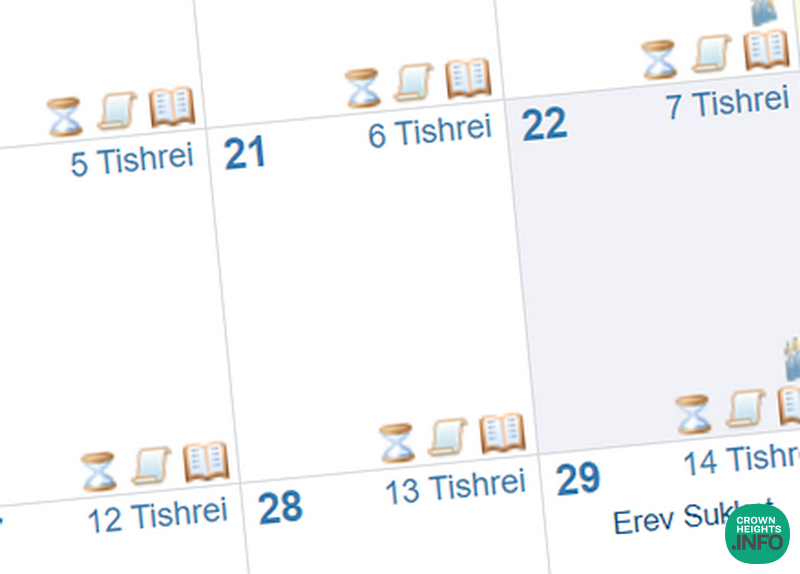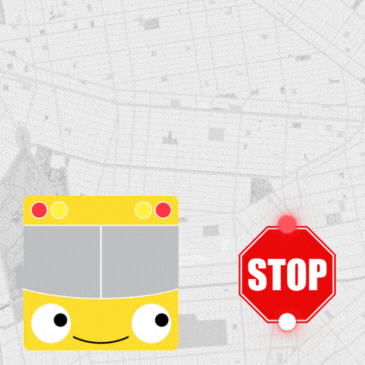
Weekly Dvar Torah: Miracles and Renewal
G-d tells Moshe, “This month (Nissan) shall be for you the ‘head’ of all months.” But isn’t Rosh Hashanah the beginning of the year, isn’t the beginning supposed to be the head? What does it mean that Nissan is the “head of all months”? The key lies in the phrase: “for you.”
In Hebrew, “month” is “Chodesh,” which means renewal. The lunar cycle, with its waxing and waning every 29 and a half days, is a continuous process of rebirth. G-d is telling the Jewish people that their existence is one of renewal. Unlike the solar calendar, which represents nature’s steady, predictable rhythm, the Jewish calendar—based on the moon—symbolizes the Jewish people’s miraculous survival and rebirth against all odds. The month of Nissan, whose very name means miracles, marks the start of this Divine cycle.
History has repeatedly demonstrated the supernatural endurance of the Jewish people. Empires have risen and fallen—Egypt, Babylon, Greece, Rome, Nazi Germany, Communist Russia—each attempting to annihilate the Jewish people. And yet, we are here, while they have faded into the ash heaps of history. Just as the moon appears to vanish but always returns, the Jewish nation renews itself time and time again, defying all-natural expectations. This is the essence of Nissan: renewal through miracles.
The solar year, with its 365-day cycle, governs the ‘natural’ world, marking the passage of time with unwavering consistency. The lunar year, however, consists of 12 months of roughly 29.5 days, totaling 354 days—shorter than the solar year. The world at large follows the solar calendar, rooted in the natural order, but the Jewish people follow the lunar calendar, bound to a rhythm of renewal and miracles.
The Hebrew word for “year” is “Shana,” which means repetition. Nature operates on this principle: the sun rises and sets, seasons come and go, life follows an expected cycle. In contrast, “month” in Hebrew is “Chodesh,” signifying renewal. Rosh Hashanah, the start of the year, celebrates the creation of the natural world, while Rosh Chodesh Nissan, the first of the months, marks the miraculous, the breaking of natural limits.
G-d gave us the power to rise above the constraints of nature, to live within the realm of miracles. The Exodus from Egypt was not merely a historical event; it established the Jewish people’s supernatural mode of existence. Just as the moon diminishes and re-emerges, so too do the Jewish people endure through times of darkness, only to be reborn stronger than before.
That’s why G-d introduced Nissan with the imagery of the moon. The sun, powerful and unwavering, dominates the sky. The moon, by contrast, undergoes constant transformation. At times, it shines brightly; at others, it appears as only a sliver. Yet it never disappears completely—it always returns.
So too with the Jewish people. Unlike great civilizations that followed predictable patterns of rise and decline, the Jewish nation is uniquely defined by its resilience. We have been oppressed, exiled, and persecuted, yet we always return. The moon’s cycle is a mirror of our national destiny: never static, always renewing. We are a people of miracles, not bound by the rigid laws of nature but elevated beyond them.
The lesson of the moon is deeply personal as well. Each of us experiences highs and lows, moments of brightness and moments of struggle. But just as the moon never truly disappears, neither does our connection to G-d. Even when we feel diminished, renewal is always possible. Nissan reminds us that we are never beyond hope, never beyond redemption.
Nissan is the first month for the Jewish people, beginning with the greatest miracle of all—the Exodus. In contrast, Tishrei, the first month of the year, corresponds to the natural order, celebrating the world’s creation. These two forces—nature and the supernatural—define how G-d runs the world.
The Torah itself reflects this duality. There is an aspect of Torah that operates within human intellect—understanding, analysis, logical deduction. But there is also an element of Torah that transcends intellect. The same applies to serving G-d: there is service that follows reason, and there is service that surpasses logic, carried out simply because it is G-d’s will.
Mitzvot, too, are divided into three categories: Chukim (laws without rational explanation), Eidos (testimonial laws), and Mishpatim (logical laws). Yet, regardless of their reason or lack thereof, all mitzvot share one fundamental truth: we perform them because they are G-d’s Will. This level of obedience is beyond human logic; it is the ultimate act of faith, aligning ourselves with the Divine rather than remaining confined by human understanding.
As we enter Nissan, the month of miracles, we are reminded that our existence is not governed by the predictable course of nature. We are a people who live above natural constraints, bound to the cycle of renewal and Divine intervention. Just as the moon is never lost, neither are we. Just as the Exodus shattered the limits of what was possible, so too can we break free from our own limitations.
May we fully embrace this miraculous existence, rising above our struggles and stepping into the Divine light of renewal. And may we merit the ultimate redemption with Moshiach, when the miraculous will become our everyday reality.
Have a Miraculous Shabbos of Renewal,
Gut Shabbos and Gut Chodesh!
Rabbi Yosef Katzman












